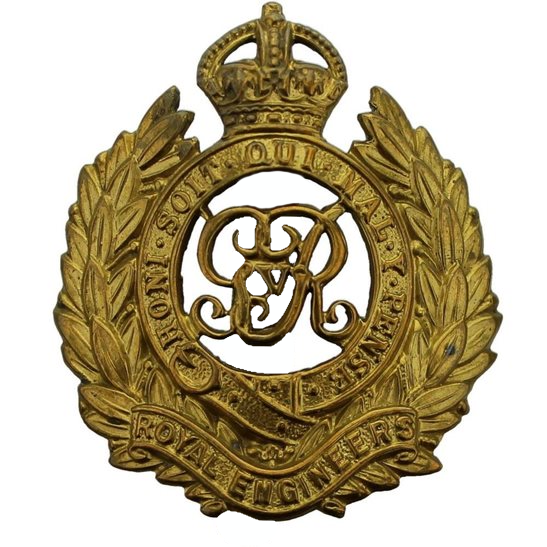Personal Details
Born: 1882 in Ettingshall, Wolverhampton, Staffordshire.
Family: He was the second of five children born to James Burrows, a miner and his wife Mary, nee Preston. His father died in 1889 and his mother married Joseph Farr in 1890. James married Florence Emily Hill on 24 December 1906 in Ettingshall, Staffordshire. The couple had two children, Albert Walter and Frances.
Residence: In 1911 his family were living at 321 Dudley Road, Wolverhampton, Staffordshire. At the time of his enlistment in 1915 he and his family had moved to 36 Worthington Street, Whitchurch, Shropshire. At the time of his demobilisation in 1919 an address of 63 Hartshorne Street, Bilston, Staffordshire. This was the home of his wife`s parents. At the time of his death in 1929 his home was 280 Wellington Road, Bilston.
Employment: In 1911 he was a coach builder and mechanic. However in 1915 he was described as a coach painter.
Died: 14 December 1929 at the Queen Victoria Institution, Wolverhampton, Staffordshire, aged 46.
Other Information: His wife Florence died 4 June 1916 in Bilston, Staffordshire, at the home of her parents. After her death James` next of kin was given as his mother, Mrs. Farr, of 28 John Street, Wimblebury, Hednesford, Staffordshire.
Military Details
Regiment: Royal Engineers
Rank: Lance Corporal
Service Number: 387539 (previously 7539)
Date of Enlistment: 8 April 1915
Date of Discharge: 9 May 1919
Reason for Discharge: Demobilisation
Other information: Suffered from shellshock in February 1916.
John was awarded the Campaign Medals (1915 Star, British war medal and Victory medal)

The 1914 Star (also known as 'Pip') was authorised under Special Army Order no. 350 in November 1917 and by an Admiralty Fleet Order in 1918, for award to officers and men of the British and Indian Expeditionary Forces who served in France or Belgium between 5 August and midnight of 22–23 November 1914. The former date is the day after Britain's declaration of war against the Central Powers, and the closing date marks the end of the First Battle of Ypres.
The 1914–15 Star (also known as 'Pip') was instituted in December 1918 and was awarded to officers and men of British and Imperial forces who served against the Central European Powers in any theatre of the Great War between 5 August 1914 and 31 December 1915. The period of eligibility was prior to the introduction of the Military Service Act 1916, which instituted conscription in Britain.
The British War Medal (also known as 'Squeak') was a silver or bronze medal awarded to officers and men of the British and Imperial Forces who either entered a theatre of war or entered service overseas between 5th August 1914 and 11th November 1918 inclusive. This was later extended to services in Russia, Siberia and some other areas in 1919 and 1920. Approximately 6.5 million British War Medals were issued. Approximately 6.4 million of these were the silver versions of this medal. Around 110,000 of a bronze version were issued mainly to Chinese, Maltese and Indian Labour Corps. The front (obv or obverse) of the medal depicts the head of George V. The recipient's service number, rank, name and unit was impressed on the rim.
The Allied Victory Medal (also known as 'Wilfred') was issued by each of the allies. It was decided that each of the allies should each issue their own bronze victory medal with a similar design, similar equivalent wording and identical ribbon. The British medal was designed by W. McMillan. The front depicts a winged classical figure representing victory. Approximately 5.7 million victory medals were issued. Interestingly, eligibility for this medal was more restrictive and not everyone who received the British War Medal ('Squeak') also received the Victory Medal ('Wilfred'). However, in general, all recipients of 'Wilfred' also received 'Squeak' and all recipients of The 1914 Star or The 1914/1915 Star (also known as 'Pip') also received both 'Squeak' and 'Wilfred'. The recipient's service number, rank, name and unit was impressed on the rim.

